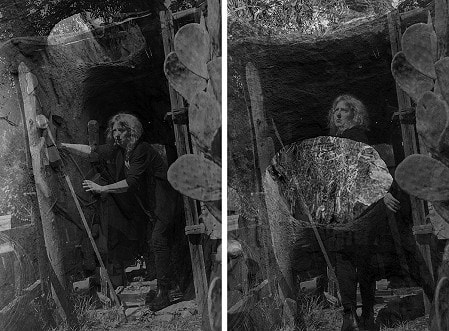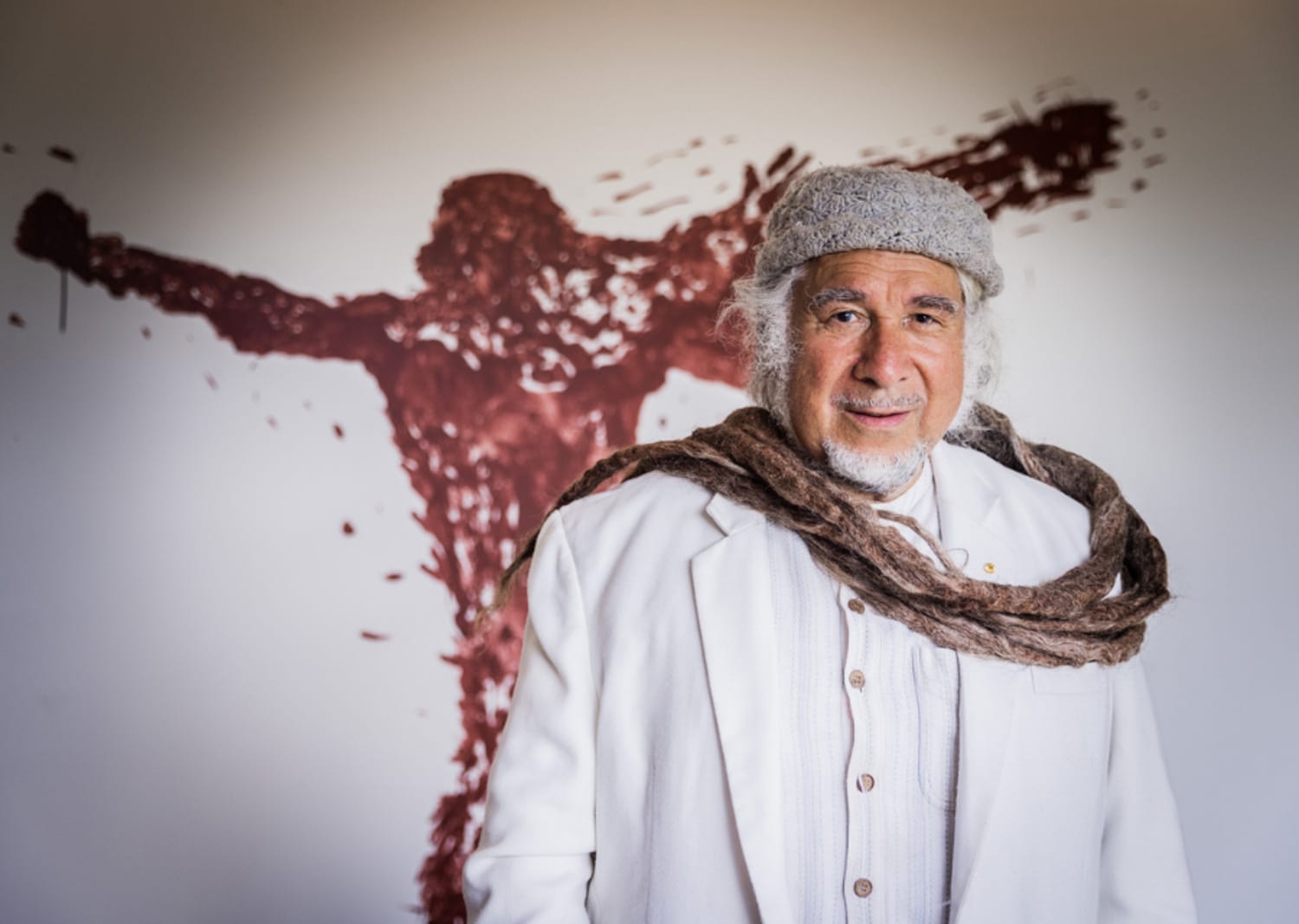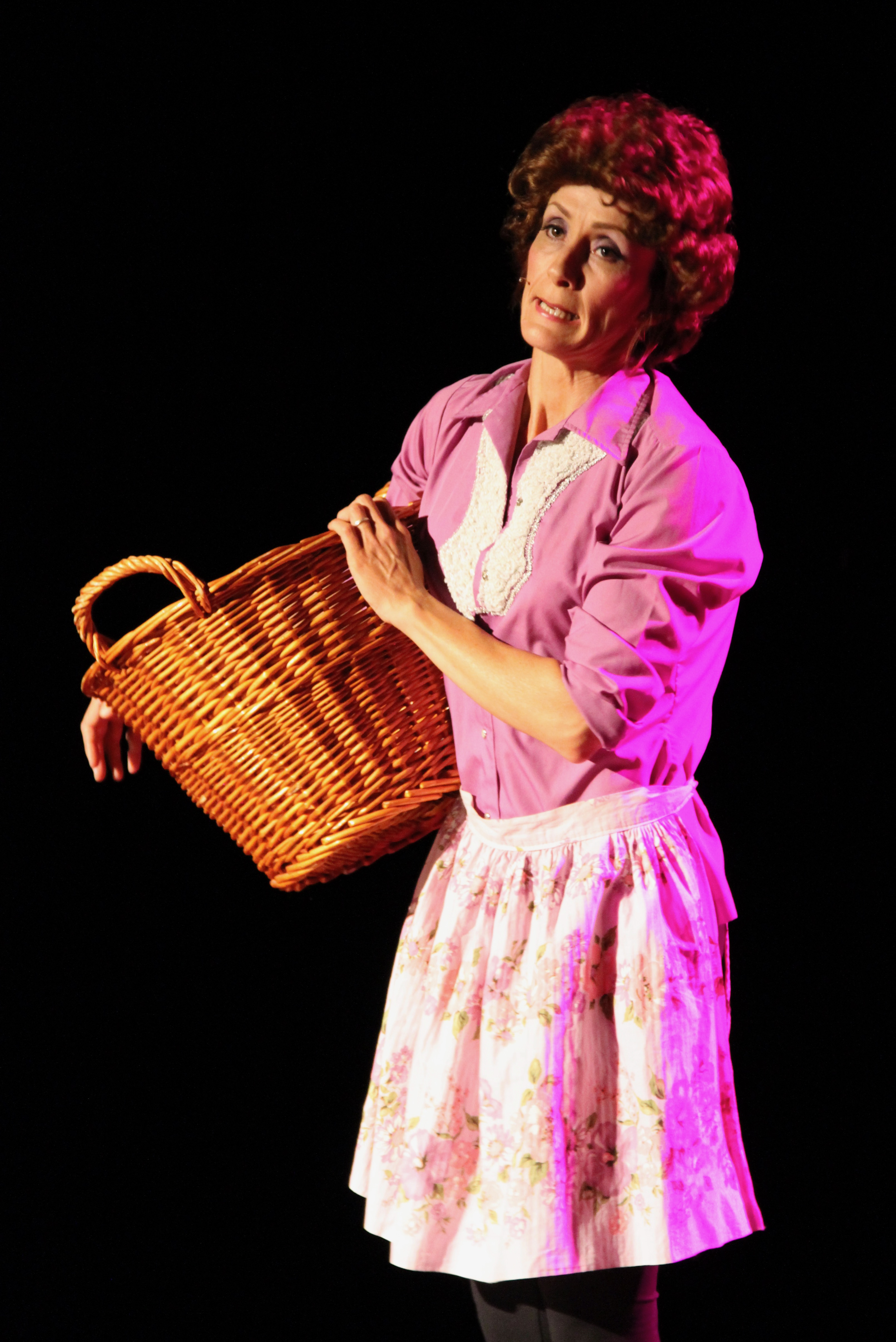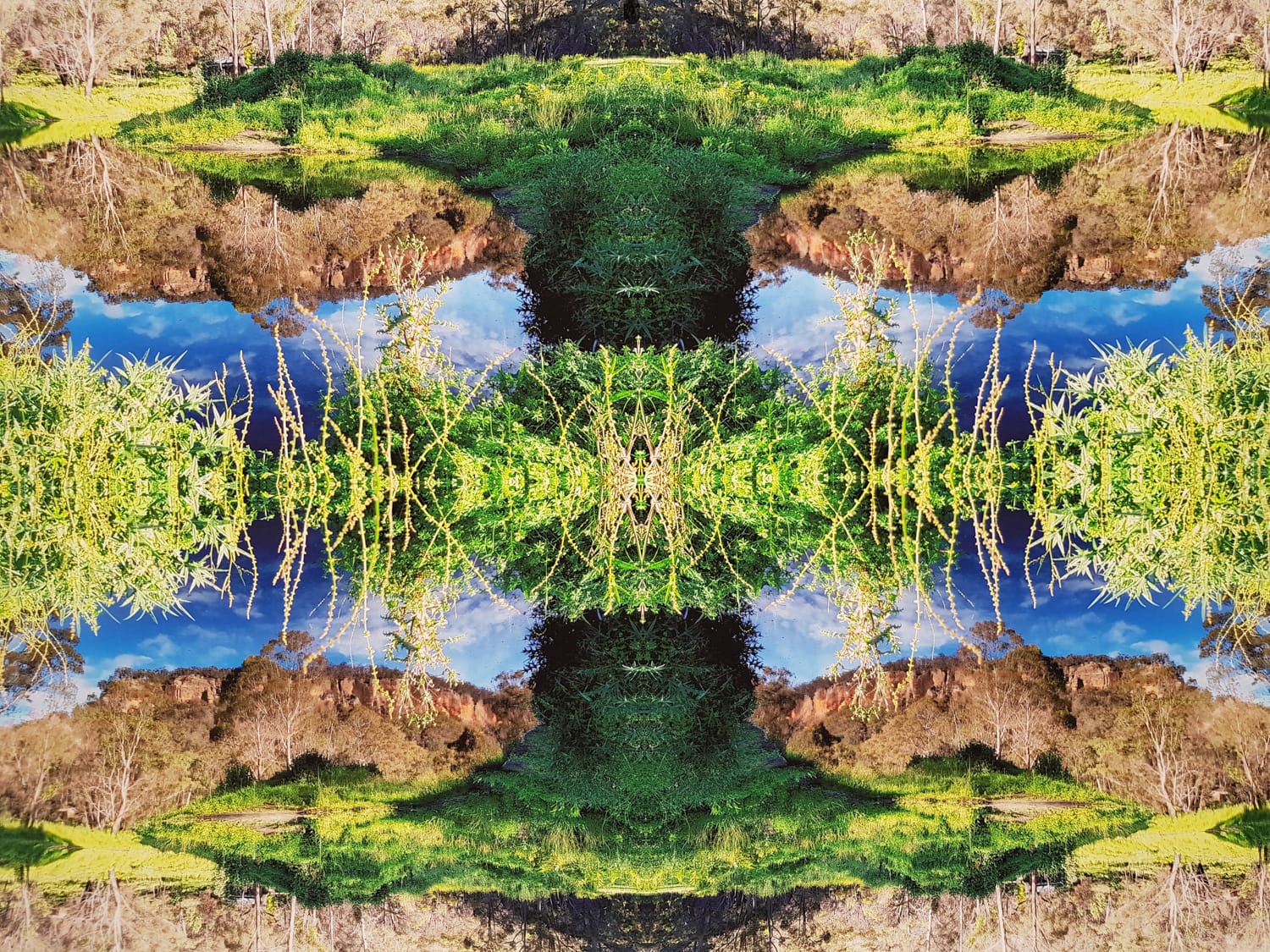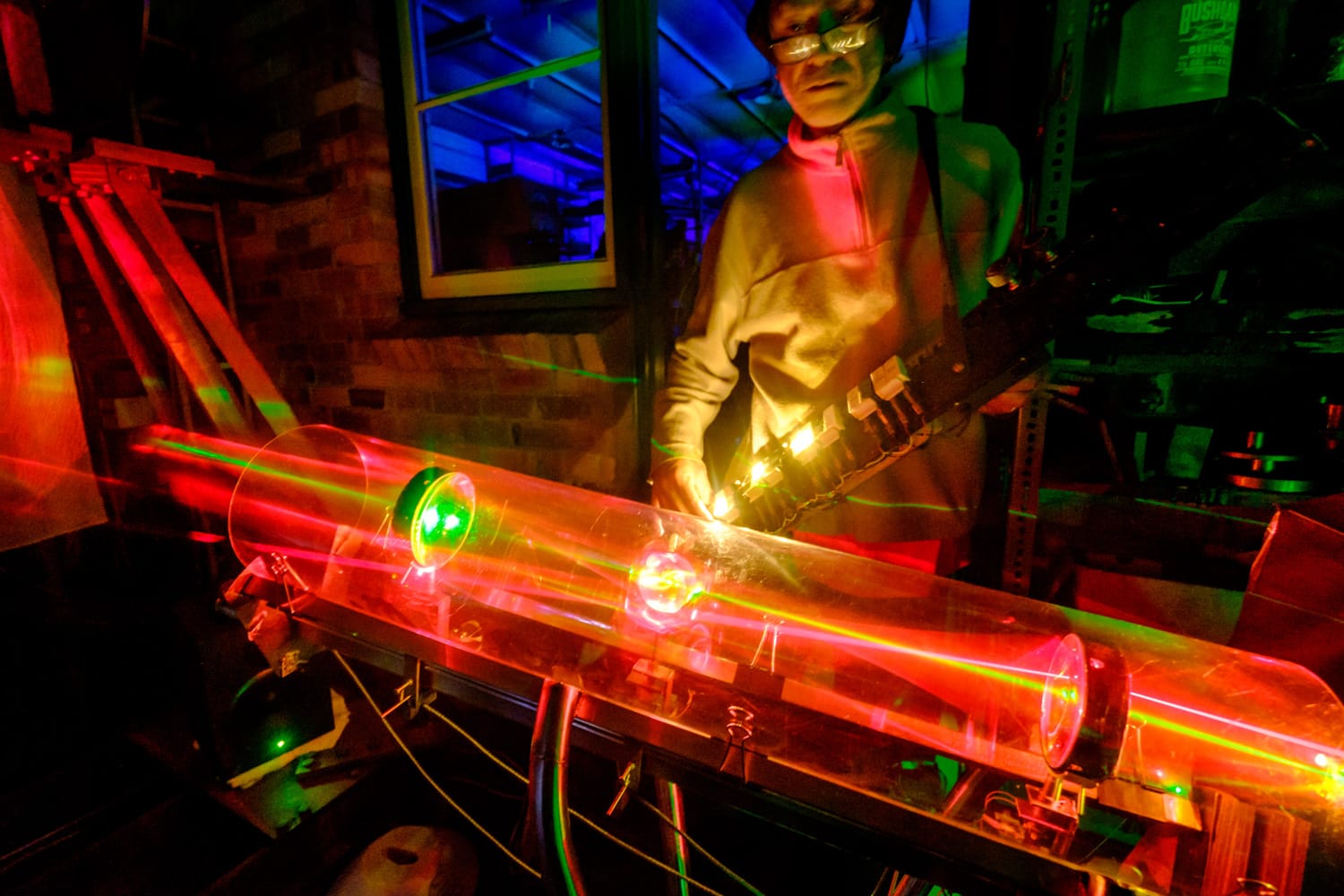Julie Williams
Smother | 2022

Smother. @ Kandos Museum
‘Smother’ is a contemporary reinterpretation of the life of the much-loved Lady Bushranger Jessie Hickman (1890–1936) who adopted many roles and disguises as a young travelling circus performer and in later life as a bushranger in the Kandos–Rylstone region. Williams photographed Kandos locals in locations known to have been frequented by Hickman to reveal Hickman’s elusive identities in a historical context. Women shift like phantoms through these archives with names and roles ever-changing; much like the mysterious, hand-printed final imagery that emerged from the film negatives revealed in a traditional black and white darkroom. The word ‘smother’ is circus jargon for a disguise. Exploring identity, the mythology of bushranging and the invisible history of women, these images pay homage to the solitary, camouflaged figure of Jessie Hickman. Supported by Arts OutWest with funding from the NSW Government’s Arts Restart.
bio:
Julie Williams is a photo-media artist based in the NSW Central West. Williams graduated from the City Art Institute UNSW (1985) and has an exhibition history spanning 35 years. Recent highlights include; participation with the Women with Knives collective in Deborah Kelly’s collaborative animation ‘for CREATION’ screening in The National at the MCA; video screenings at both the National Film Sound Archive in Canberra and The Picture Show at the End of the World, an international festival of uncivilised short films; and new photography exhibited in NO SHOW at Carriageworks. Williams, a regular finalist in national art awards, has been awarded an Arts OutWest Micro Grant (2021); NAVA Benevolent Grant (2020) and NAVA Marketing Grant NSW Artists (2011) and has received commendations in the Muswellbrook Photographic Award and Josephine Ulrick and Win Schubert Award.
statement:
Based in the mountains of the Lithgow region, Julie Williams is a contemporary photo-media artist working predominantly in photography, moving imagery and sound. In her early art school days, Williams often disappeared into the landscape to create imagery with a process still intrinsic to her practice today; working with natural light, self-portraiture and in-camera multiple exposures on film. Exploring new forms of human engagement with the environment across digital and analogue mediums, the camera lens becomes her eye as Williams continues to immerse herself deep within nature. Exposing the vulnerability of all life forms in our collapsing world, her work portrays the ache of mortality and is a meditation on the fragility of interconnectedness.
Kandos Museum

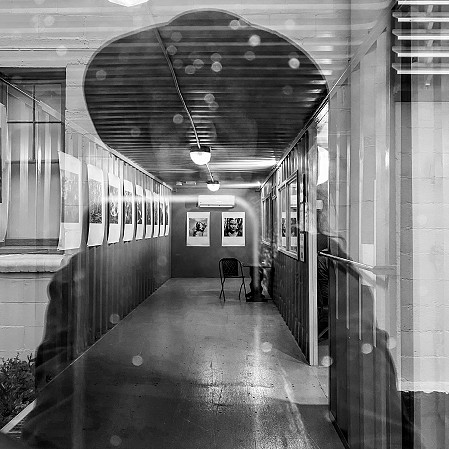
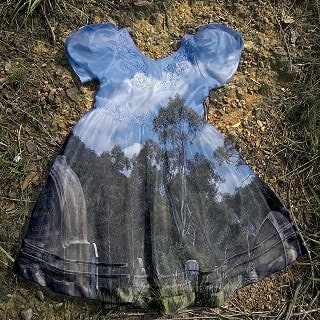
bio:
Julie Williams is a photo-media artist living in regional NSW in the Vale of Clwydd. This region, rich in natural history and infused with an ancient indigenous history and culture is also pitted with ruins from the colonial and industrial eras, and is a longstanding coal mining community - a dichotomy at the core of her art practice. She graduated from the City Art Institute having majored in photography and film and in 1992 embarked with fellow artist Ruth Thompson to Argentina on the collaborative project Deciphering the Unseen which toured Australia nationally in 1994. Williams has been a recipient of artist grants and has exhibited widely. She has been a finalist in national art awards; receiving commendations in the Josephine Ulrick and Win Schubert Photography Award and the Muswellbrook Photographic Award. She regularly exhibits with curator Sandy Edwards of Arthere.
statement:
Julie Williams addresses our vulnerability as a species disconnected from nature; disconnected from ourselves. Across photography, video and installation, she utilises self portraiture with multiple exposures; immersing herself deep within the landscape to highlight the search for reconnection and an ecological healing. The camera lens is an eye, her eye, as it passes over and through the land uncovering and rediscovering old places: twisting white lines of sunlight on water become written language to decipher, birdsong audio morphs into human chanting, and the mountains and caves resonate with the depths of time. When the artist appears in the imagery, it as a translucent figure displaced and searching. Her work queries the spirit of place and how humanity can inhabit a location more fully.
